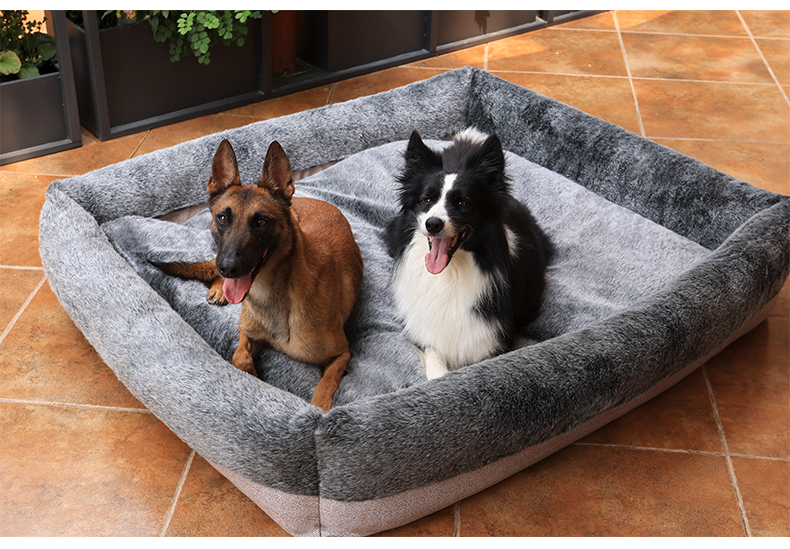Pets can’t speak our language, but they communicate with us in many other ways. From body language to vocal cues, understanding your pet’s behavior is key to building a strong and healthy relationship. Whether you have a dog, cat, or another furry friend, learning to “read” their behavior helps you meet their needs and strengthen your bond.
Body Language Speaks Volumes
One of the primary ways pets express themselves is through body language. A wagging tail doesn’t always mean a dog is happy—it depends on the speed, height, and movement. A slow wag with a stiff body might indicate anxiety or uncertainty. Cats, on the other hand, puff up their fur and arch their backs when they feel threatened. A relaxed body and slow blinking usually signal trust and comfort.
Common Behavioral Cues in Dogs
Dogs are social animals and tend to show affection by licking, tail wagging, and following you around. However, barking, growling, or destructive behavior may indicate boredom, fear, or lack of exercise. Separation anxiety is also common in dogs, leading to pacing, whining, or chewing when left alone. Understanding these signs allows pet parents to take action before issues grow.
Common Behavioral Cues in Cats
Cats are more subtle in their behavior. Purring often means they’re content, but it can also be a self-soothing behavior when they are in pain or stressed. Scratching furniture is natural for cats—it helps them mark territory and keep their claws healthy. Instead of punishment, provide scratching posts and positive reinforcement to guide their behavior.
Why Pets Misbehave
Unwanted behavior is often a result of unmet needs. Pets might act out if they are not getting enough physical or mental stimulation. Lack of routine, changes in the environment, or health problems can also trigger behavioral shifts. For example, a sudden change in litter box habits in cats could indicate a medical issue.

The Role of Training and Socialization
Training is not just about obedience—it’s a way to help pets understand boundaries and expectations. Positive reinforcement techniques are the most effective and humane way to shape behavior. Socializing pets from a young age helps reduce fear and aggression toward other animals or people. Even adult pets can benefit from gentle, consistent training and exposure to new environments.
When to Seek Professional Help
Sometimes, behavior problems require more than home solutions. If your pet shows signs of aggression, extreme anxiety, or sudden personality changes, consulting a vet or animal behaviorist is recommended. They can rule out medical causes and create a plan to address the root of the issue.
Conclusion
Understanding pet behavior takes time, patience, and observation. Every pet is unique, but all of them communicate through their actions. By learning to recognize and respond to these signals, you create a safe and loving environment where your pet can thrive. When pets feel understood, they’re happier, more confident, and better behaved—making life better for both of you.
-

Truelove Outdoor Utility Bag
View More -

Truelove Outdoor Utility Pouch
View More -

Truelove Outdoor Sling Bag
View More -

Truelove Portable Bamboo Pet Hair Removal Brush
View More -

Truelove Professional Bamboo Pet Nail Clipper
View More -

Truelove Training Waist Bag
View More -

Truelove Pet Trainer Training Skirt
View More -

Truelove Pet Trainer Training Vest
View More








